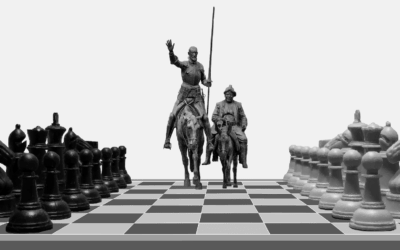EPISODE 15
Reconciling lethal force

A police officer on the east coast was fired for failing to shoot a suicidal person with a gun. We talk about applying critical thinking to discussions like this, because it’s important that we consider the arguments of both sides to such a debate. We’re going to talk about context in use of force, how lawsuits and litigation fit in to these sorts of discussions, and reconciling the fact that sometimes cops have to kill otherwise good people.
Original news incident that we cover
Like what we’re doing? Head over to Patreon and give us a buck for each new episode. You can also make a one-time contribution at GoFundMe.
Intro music credit Bensound.com
Additional episode details
Mader claimed that his USMC training taught him that a person had to illustrate hostile intent to use force, and felt that this person was not likely to use force against him. We are going to talk about how difficult it can be to assume whether or not someone is going to attack us. Mader won a settlement from the city and we are going to talk about how settlements can often be “won” without actually having a legal claim—simply because it makes more business and financial sense to avoid the legal battle.
Mike and Jim talk about having clueful friends who are willing to disagree with you, and how important it is to keep people like that in your circle to keep you honest and challenge your way of thinking. We are also going to talk about the use of force decision, related to whether or not we should shoot someone we don’t think is going to harm us.
One of the things that comes up in this talk was a conversation that Mike had with our friend. It has to do with the fact that sometimes, cops have to kill people. Mike and Jim are going to cover the useful part of Sheeps, Wolves, and Sheepdogs—because this analogy was a useful teaching tool at one point that has kind of evolved into a caricature of police officers and members of the armed forces. We have to make sure we keep that concept in context, and remember that what it really boils down to is helping people like us reconcile the use of deadly force. Sometimes, the people on the other end of police encounters aren’t necessarily bad people, but they make decisions that force us into a corner where we have no choice but to make those difficult decisions.
CLICK BELOW TO SUBSCRIBE NOW ON YOUR FAVORITE PLAYER
THANK YOU TO OUR SPONSORS! PLEASE GO CHECK THEM OUT
Recent Episodes
It’s Chess AND Checkers–Tactics and Strategy Unite!
Why do we focus so much on tactics and so little on strategy? In this episode, Mike and Jim tackle the divide between street-level action and big-picture thinking. Drawing on lessons from policing, the military, and community crime prevention, they explore how individual cops, community members, and leaders can influence criminal decision-making—not just react to it.
Topics include resource constraints, the Broken Windows theory, and strategies for shifting offender perceptions to prevent crime before it occurs.
Hazing vs. Hardening: Building Strong Teams Without Breaking People
Hazing, or just holding the new guy to a high standard? That line matters—and we’re walking it in this episode. Mike and Jim break down where real team-building ends and toxic tradition begins. We’re talking SWAT school, academy culture, leadership, and how to onboard new teammates without wrecking morale. This one’s about building teams that are tough, smart, and built to last.













0 Comments